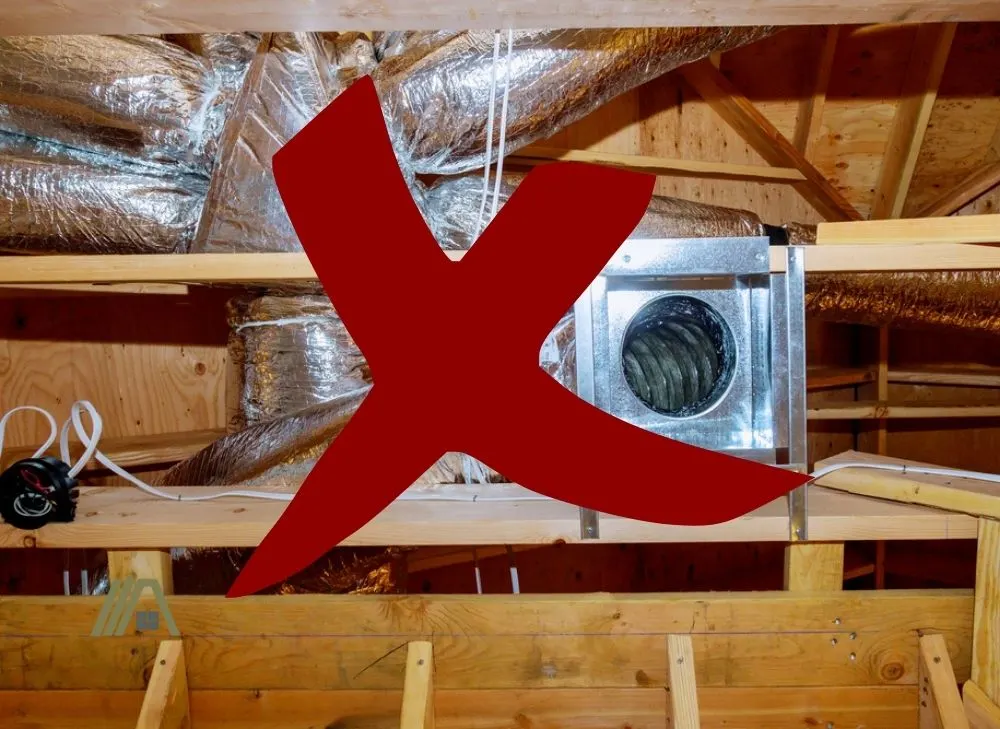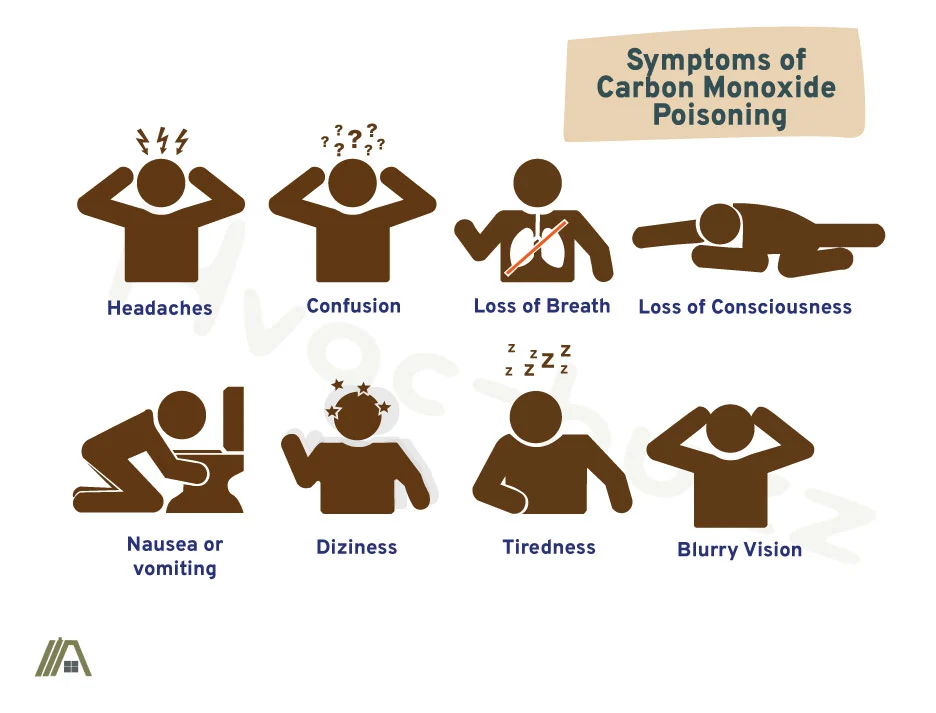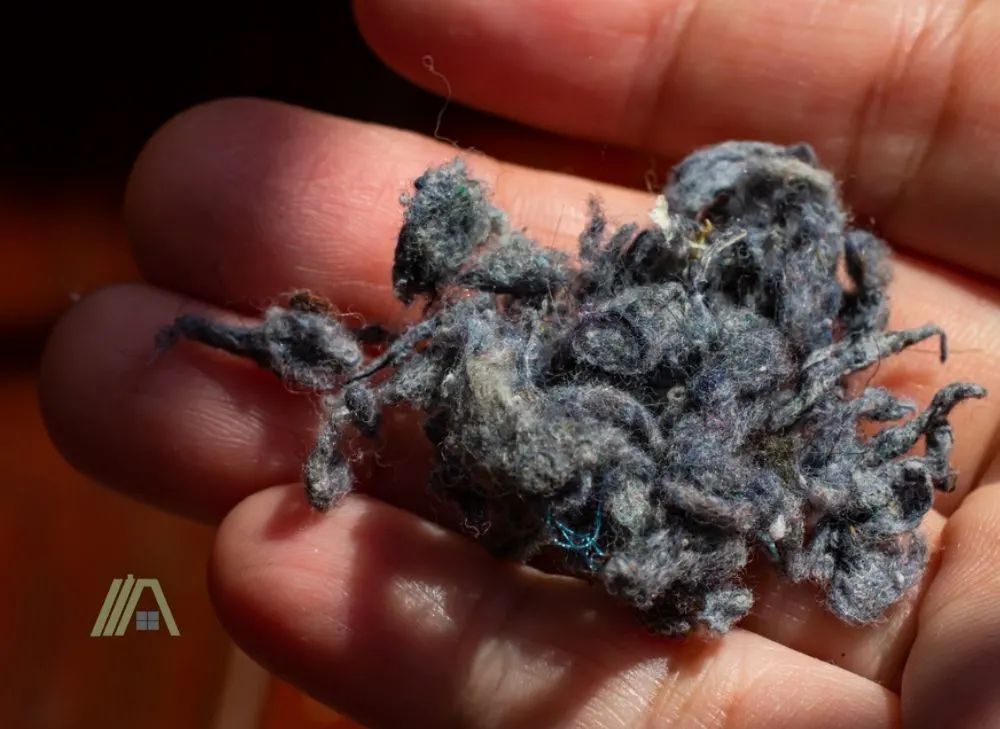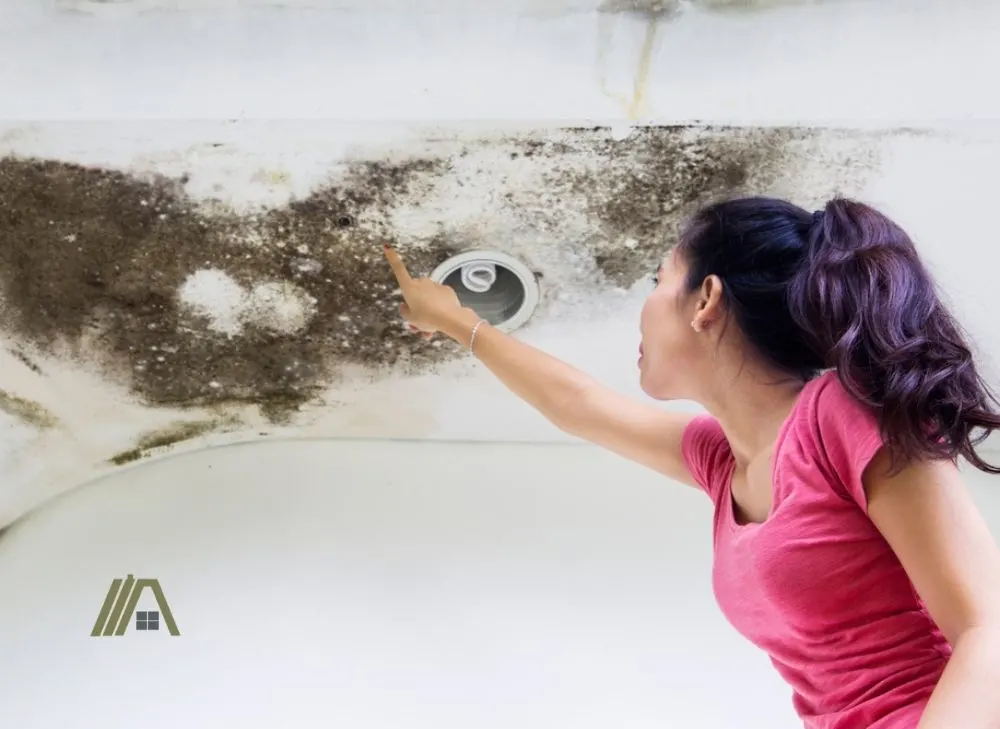If you have converted your attic into a bedroom or entertainment space, you wouldn’t dream of venting your dryer into it. But what if the attic is unused or used only for storing those items that you pull out once a year, if ever? Sometimes, our attics aren’t even technically a part of the building envelope because they aren’t insulated or air-tight.
On the surface, this can seem like an argument in favor of venting a dryer into the attic. However, such a practice can end up causing you endless troubles in many different forms.

Venting a dryer into the attic is an unsafe practice. The moist dryer air can cause structural damage, electrical damage, the growth of mold and bacteria, and lead to the infestation of disease-carrying rodents. Dryer exhaust also contains harmful gases. Lint can build up, and this is a fire hazard.
Venting a Dryer Into the Attic is Unsafe
There are a wide array of issues with venting a dryer into the attic, which is why the International Residential Code (IRC) doesn’t allow it.

Dryer exhaust carries moisture, lint, dirt, debris, and even harmful gases and chemicals like carbon monoxide and benzyl acetate. All of these present potential problems especially when vented into a confined area like an attic.
Water-Related Structural Damage
Structural damage is a potential problem with venting your dryer into the attic. The air that dryer vents carry is laden with the water removed from clothing. If the air is freely released into the attic, then this moisture would be free to interact with an impact whatever is in the attic.
All the cardboard boxes that you store up there as well as their contents would be a great risk of water damage and decay. But this is the best-case scenario.
Over time, this water can also cause swelling and rot in the attic framing, the floor of the attic (which just so happens to be the ceiling of the rooms below), insulation, etc. The result of this is a structurally unsound house.
CO in Insulated Attics is a Health Risk
Another major concern with venting a dryer, specifically a gas dryer, directly into an attic is the emission of carbon monoxide. As an odorless fume, carbon monoxide would pose a real threat to those living in the home.
Carbon monoxide poisoning can cause flu- or cold-like symptoms in the early stages. Left unnoticed and unchecked, it has the potential to be lethal.

The risk associated with carbon monoxide build-up will be higher in insulated attics that are air-tight. This is not to say that uninsulated attics will be fine. Your attic will never be as ventilated as the outdoors, which is the only “safe” place to vent carbon monoxide-containing air.
Electric dryers are not “safer” to vent indoors. There are still chemicals like benzyl acetate that are released by drying sheets, which can negatively impact your health.
Lint Building up in Hot Attic Can Start Fires
Dryers are a fire risk. This is mainly because they combine heat with lint. To this, electric dryers add high voltages, and gas dryers add open flames. When you think about it, dryers are actually terrifying appliances in this respect.

Lint is simply strands and fragments that break off of your clothes as they are subjected to the heat and tumbling action of your dryer. Sounds harmless enough, but lint manages to possess all the attributes required to make it extremely flammable.
I always remember reading in my high school chemistry book that airborne flour particles are explosive, so flour mills are actually really dangerous places to work. Lint seems to be cut from the same cloth (pardon the pun). It is seemingly harmless, but actually really hazardous.
No, imagine you are venting your dryer into the attic. The exhaust will definitely contain lint particles. One or two of these are not likely to be a problem, but they will build up over time.
The air exhausted from dryers is hot. Is it hot enough to cause lint to ignite? Possibly. However, add to that the heat that naturally builds up in an attic and you have got yourself a problem.
Even winter can increase the fire risk of a dryer exhausting into the attic. Uninsulated attics get cold in the winter months. The warm, moist air that gets exhausted into it will begin to condense and create water droplets. These water droplets will catch lint and create blockages in the ducts.
These blockages will cause heat to build up in the dryer. It will also increase the heat generated by the dryer as the blower motor works harder to exhaust the air.
In these cases, you are looking at the potential of a fire breaking out in your ducting. This is also the reason why dryer ducts are supposed to be independent of other ventilation systems.
Moisture and Wiring Are a Dangerous Mix
Along with lint, the moisture and exposed wiring in your attic could also be another potential fire source. Water that gets into wiring can speed up the current in a circuit. When this happens, the result is a short circuit and a blown fuse or tripped circuit breaker.
However, if a fuse is not present or there is an issue with the breaker, the short circuit will continue to run and heat up and the potential for a fire is very high.
Fire hazard aside, moisture getting into any exposed wiring is not something you want to deal with. If water gets into the wiring, there’s a good chance that it will eventually rust. As with any metal surface, rust on copper wiring is a problem and will result in the wiring needing replacement.
Heat and Humidity Are Attractive to Creatures
An attic without a dryer venting into it is already an ideal place for a multitude of critters to call home. An attic full of hot, humid air is even better.
Some of the biggest culprits to make a home out of your attic are roof rats, mice, and termites. While others could find their way in, these are among the most troubling.
While venting a dryer into your attic will already cause the rotting of wood, termites will only further this problem. And like the rot, they are capable of spreading throughout the whole house.
Roof rats and mice present a similar problem except they tend to chew on more than just wood. These creatures will not only ruin wood structures but can also sink their teeth into wires, insulation, and ductwork. And, of course, you’ll be left with their feces and urine as well.
This is not just unpleasant. It can be harmful to your house, carrying disease and bacteria.
Bacteria and Mold Can Grow
One of the first issues you’ll find with venting your dryer into an attic is the bacteria and mold growth that springs up. In such a tight, insulated area this will happen rather quickly.

This will affect the rest of your home and the health of those living there. The quality of air will be compromised and can even lead to respiratory infections and other health issues if left unchecked.
Ridding an attic of bacteria and mold growth is also not the easiest task. Oftentimes this takes special equipment and can require the services of professionals depending on the severity.
Non-Safety-Related Issues
You have asked if venting dryers into attics is a safe practice and I think by now you are convinced that it certainly is not. But there are also some non-safety-related issues associated with this practice.
These issues won’t compromise your health or the structural integrity of your home, but they will certainly put a strain on your purse and your peace of mind.
Air Trapped in Attic Affects Whole House
Beyond the bacteria and mold spores, which can spread throughout the house, the build-up of hot air in the attic also makes the HVAC system work harder.
The hot attic will increase temperatures in the rooms and spaces below and will alter the flow of air throughout your home. In response, your poor HVAC system will be straining to try and bring balance and achieve the preset levels that it is programmed to achieve.
Your house is unlikely to be kept consistently in the state you want it in for comfort and your utility bills will be much higher.
Against the Building Code
Section M1502.2 of the IRC states:
“Dryer exhaust systems … shall convey the moisture to the outdoors.”
The only exception to this requirement is if you were to have a ventless dryer. Otherwise, all vented models must terminate exhaust vents outside as is reiterated in Section M1502.3:
“Exhaust ducts shall terminate on the outside of the building.”
Given all of the issues discussed with venting into the attic, this requirement is reasonable.
Difficulty in Selling Your House
If your dryer vents into your attic, you’ll most likely have difficulty selling your home.

Firstly, the potential buyers will wonder where else you have contravened the building codes and the potential problems this will cause them down the road.
Secondly, they will worry about what kind of damage has been done by venting the dryer into the attic. They would be able to see some of the damage, but rotten timber is not always easy to spot, especially if it is covered with a fresh coat of paint.
Thirdly, they will consider the cost of having to correct the violation.
You can sell a home that violates building regulations if you do one of the following:
- Fix the violation and any damage that it has caused.
- Lower the selling price or offer the home “as is” for cash value.
Depending on how long your dryer has vented into the attic, each option has its pros and cons that will need to be considered depending on your situation.
However, if you want the full asking price for your property, you’ll most likely need to bring the dryer’s ventilation up to code and fix any other issues that came along with the violation.
Voiding Insurance
Insurance companies reserve the right to void your insurance policy if they feel that there’s an unusual number of claims or there were undocumented changes to the property. These are the two most likely outcomes in the situation of a dryer venting to the attic.
Depending on the severity, multiple rooms could be affected by the problems with venting into an attic. Insurance companies could view this as fraudulent activity. Not because the claims are fraudulent themselves but because of the number of claims in a certain amount of time.
Also, if you bought your house and then decided to vent the dryer into the attic, this will most likely not be covered. Insurance companies would not allow this to be done as it violates code and, therefore, would’ve been done off the record.
While venting into the attic is a terrible idea, venting through it can be a great one.
Sources
https://homeguides.sfgate.com/can-dryer-vent-up-through-attic-89540.html
https://www.hunker.com/12326097/toxic-dryer-exhaust
https://valleyinsulationllc.com/common-sources-of-water-damage-to-attic-insulation/
https://www.nachi.org/dryer-vent-safety.htm
https://www.hunker.com/12487258/what-happens-when-electrical-wiring-gets-wet
https://codes.iccsafe.org/content/IRC2021P1/chapter-15-exhaust-systems#IRC2021P1_Pt05_Ch15_SecM1502
